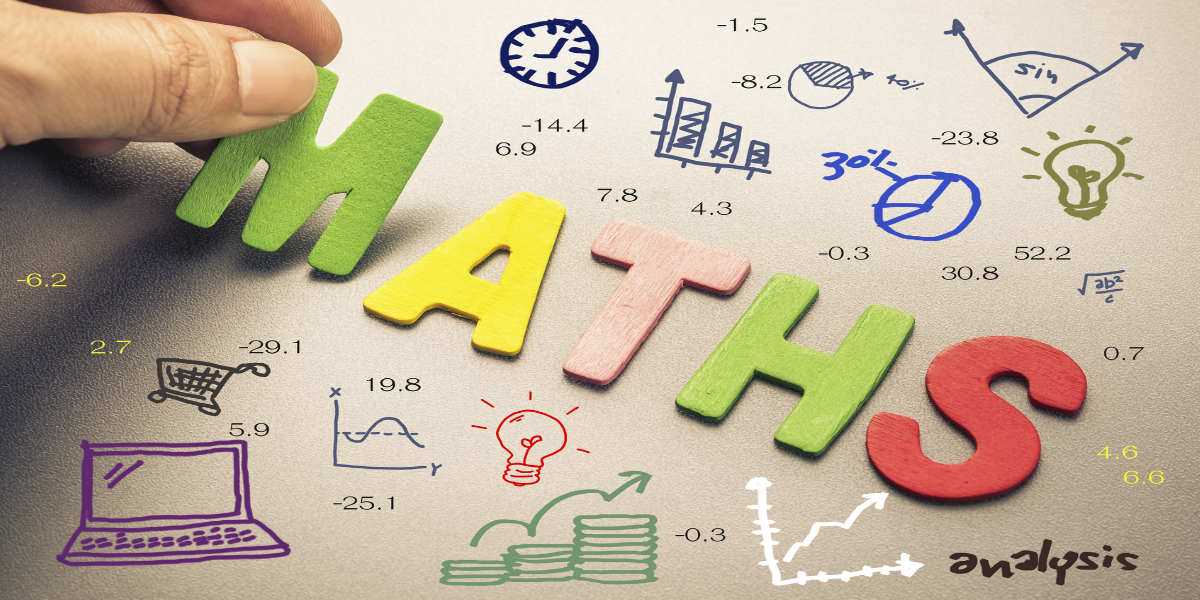The adoption of EHRs, also known as electronic health records, has significantly improved patients’ overall level of care. Because of their capacity to simplify processes, cut down on medical errors, and enhance patient outcomes, electronic health records (EHRs) have developed into an instrument now considered essential for all sizes and types of healthcare organizations.
However, there are also significant challenges associated with the implementation of EHRs, including high financial expenses, challenging regulatory hurdles, and challenging technical difficulties. In this article, we will address the implications of electronic health records, also known as EHRs, on the day-to-day operations of healthcare professionals, as well as the benefits and future possibilities associated with these data.
Impact of EHRs on Workflows
EHRs have had a significant impact on healthcare provider workflow. By automating processes such as data collection and record keeping, EHRs have significantly reduced paperwork and administrative burdens. This has allowed providers to spend more time with patients, improving patient care. Additionally, the availability of clinical decision support tools within EHRs has allowed providers to access pertinent patient data quickly and accurately, leading to improved response times when making decisions.
EHRs have also enabled providers to collaborate more easily with other healthcare team members, resulting in better-coordinated care. Finally, using EHRs has facilitated the sharing of patient data across multiple facilities, making it possible to provide comprehensive care that would otherwise be impossible. Using EHRs has led to increased efficiency, improved patient outcomes, and better collaboration among healthcare providers. EHRs have revolutionized the healthcare industry, and their effects will likely continue for many years.
Features and Components of EHRs
Electronic health records, also known as EHRs, contain several features and components that make it easier for medical professionals, such as doctors and nurses, to perform their tasks effectively. Some examples of such functionality include patient record management, electronic prescribing, ordering of laboratory and imaging tests, patient portals, and telehealth capabilities. Electronic health records, often called EHRs, provide doctors with various decision-support capabilities, including clinical reminders, alerts, and suggestions.
Benefits of EHRs in Healthcare Provider Workflow
Implementing electronic health records (EHRs) has improved healthcare provider workflow in several ways.
- Improved Access to Patient Information
With the use of electronic health records or EHR systems, doctors can access the complete medical histories of their patients from any computer at any time. This includes information regarding test results, scans, and medications. Consequently, medical professionals will be better positioned to make well-informed decisions, as patient data will be more precise and exhaustive.
- Enhanced Quality of Patient Care
The ability of healthcare practitioners to better coordinate their efforts and communicate with one another regarding patient care is made possible by using electronic health records, often known as EHRs. In addition, they assist in reducing the number of medical errors brought on by factors such as illegible handwriting or inadequate record-keeping practices.
- Streamlined Clinical Workflows
By automating administrative tasks that used to take a significant amount of time, such as appointment scheduling and medication refills, electronic health records, often known as EHRs, allow medical professionals to dedicate more time to providing direct care to their patients. They increased output and efficiency, decreased the amount of paperwork involved, and improved clinical procedures.
EHRs and Time Management for Healthcare Providers
Electronic health records can potentially transform healthcare practitioners’ time management drastically. Even while electronic health records (EHRs) provide many benefits, clinicians must acclimate to new documentation and administrative processes, which can be time-consuming.
- Efficient Documentation and Charting
The elimination of the need for labor-intensive hardcopy records brought about by introducing electronic health records (EHRs) has significantly simplified the documenting process. Real-time documentation makes it easy for doctors to record patient contacts, place test orders, and write prescriptions. Compared to manual charting, it is faster and more accurate than real-time documentation.
- Automated Administrative Tasks
Things like scheduling appointments, sending out invoices, and filing insurance claims have become more straightforward due to the use of electronic health records (EHRs). Since there is less time spent on administrative tasks, medical professionals can focus more on providing quality treatment to patients.
The Future of EHRs and Their Role in Healthcare Provider Workflow
In the years to come, electronic health records, often known as EHRs, will play a significant role in the daily activities of medical professionals. It is anticipated that the advantages of electronic health records, often known as EHRs, will become increasingly advantageous for patients and medical professionals as new technologies are introduced.
- As EHR technology advances, additional advantages will become available to medical professionals. Voice-recognition software and artificial intelligence are two emerging technologies that hold the potential to streamline documentation significantly.
- EHRs will be able to interface with an increasing number of healthcare technology, such as wearables and remote monitoring tools. Because of the combination of these systems, medical professionals now have access to more information, which should result in improved patient care.
Electronic health records (EHRs) can revolutionize healthcare and improve patient care, lead to more efficient clinical workflows, and reduce the time healthcare practitioners spend on administrative tasks. As technologies continue to evolve, it is expected that EHRs will continue to provide many benefits to the healthcare industry.
Conclusion
Electronic health records have significantly impacted the provision of medical treatment, and this pattern is anticipated to continue. Because more people will have access to their medical records, medical professionals can deliver more tailored care to their patients. Understanding EHR meaning is recommended for medical professionals since it helps boost efficiency, cut down on errors, and improve patient outcomes.
Electronic health records have been a game-changer for the healthcare business. They have made it possible to provide better patient treatment, streamline clinical procedures, and produce more accurate documentation. Despite the enormous challenges that are presented by their deployment, electronic health records (EHRs) in the healthcare industry offer considerably more positives than drawbacks.
With the appropriate deployment and integration strategies, medical professionals can get the most out of electronic health records (EHRs), leading to better patient care and outcomes. Electronic health records, often known as EHRs, have a bright future because as new technologies are created and used, they will play an increasingly vital role in healthcare delivery.















